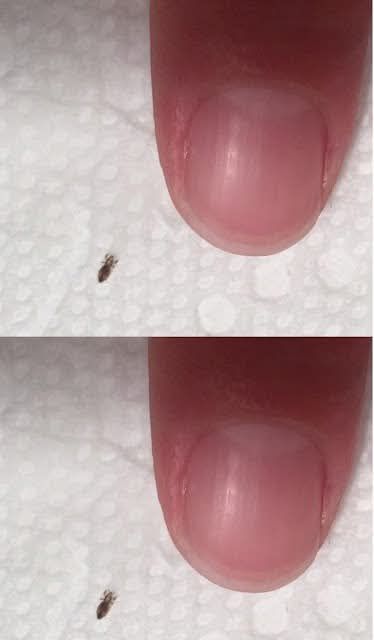ADVERTISEMENT
Some people use vinegar to loosen the nits from the hair shafts. After applying vinegar, use a lice comb to remove the nits. While vinegar may help in loosening nits, it doesn’t kill the lice themselves.
Step 2: Clean the Environment
While head lice primarily spread through direct contact, it’s still important to clean your environment to prevent reinfestation.
- Wash Personal Items
Wash any clothing, hats, scarves, pillowcases, and bed linens that the infested person has come into contact with in hot water (130°F or higher). This will help kill any lice or nits that may be lingering on fabric. Dry items on high heat in a dryer for at least 20 minutes. - Vacuum Furniture and Floors
Vacuum carpets, upholstered furniture, and car seats to remove any fallen lice or nits. Head lice can live for a short time off the human scalp, but they typically don’t survive long on furniture. - Disinfect Combs and Brushes
Soak combs, brushes, and hair accessories in hot water (at least 130°F) for 10 minutes to kill any lice or nits.
Step 3: Preventing Head Lice from Coming Back
Once you’ve successfully treated head lice, it’s important to take proactive steps to prevent reinfestation.
- Avoid Head-to-Head Contact
Since head lice spread through direct contact, avoid allowing your child to engage in activities where head-to-head contact is common, such as hugging, wrestling, or group activities. In school settings, educate children about the importance of avoiding these types of interactions. - Don’t Share Personal Items
Avoid sharing combs, brushes, hats, or other personal items that come into contact with hair. Teach children not to share these items at school or at home. - Regular Lice Checks
Perform regular lice checks, especially during peak lice seasons (typically during the school year). Look closely for any signs of lice or nits, and act quickly if you find any. The earlier you catch a lice infestation, the easier it will be to treat. - Encourage Good Hygiene Practices
While head lice are not a sign of poor hygiene, maintaining clean hair and scalp hygiene can help prevent lice infestations. Encourage your children to wash their hair regularly and keep it tied back, especially in situations where they are likely to come into contact with other children. - Use Lice Repellent Products
Some products claim to prevent lice infestations. These may include shampoos, conditioners, or sprays containing ingredients like tea tree oil or citronella. While the effectiveness of these products is debated, they can provide an extra layer of protection, especially during outbreaks in schools or daycare centers.
Conclusion
Head lice may be a nuisance, but with the right approach, they are manageable. By using effective treatments, cleaning your environment thoroughly, and taking preventive measures, you can not only get rid of lice but also prevent them from coming back. The key is acting quickly, staying vigilant, and maintaining good hygiene habits. With these steps, you can help ensure that head lice don’t interfere with your child’s comfort or your peace of mind.
